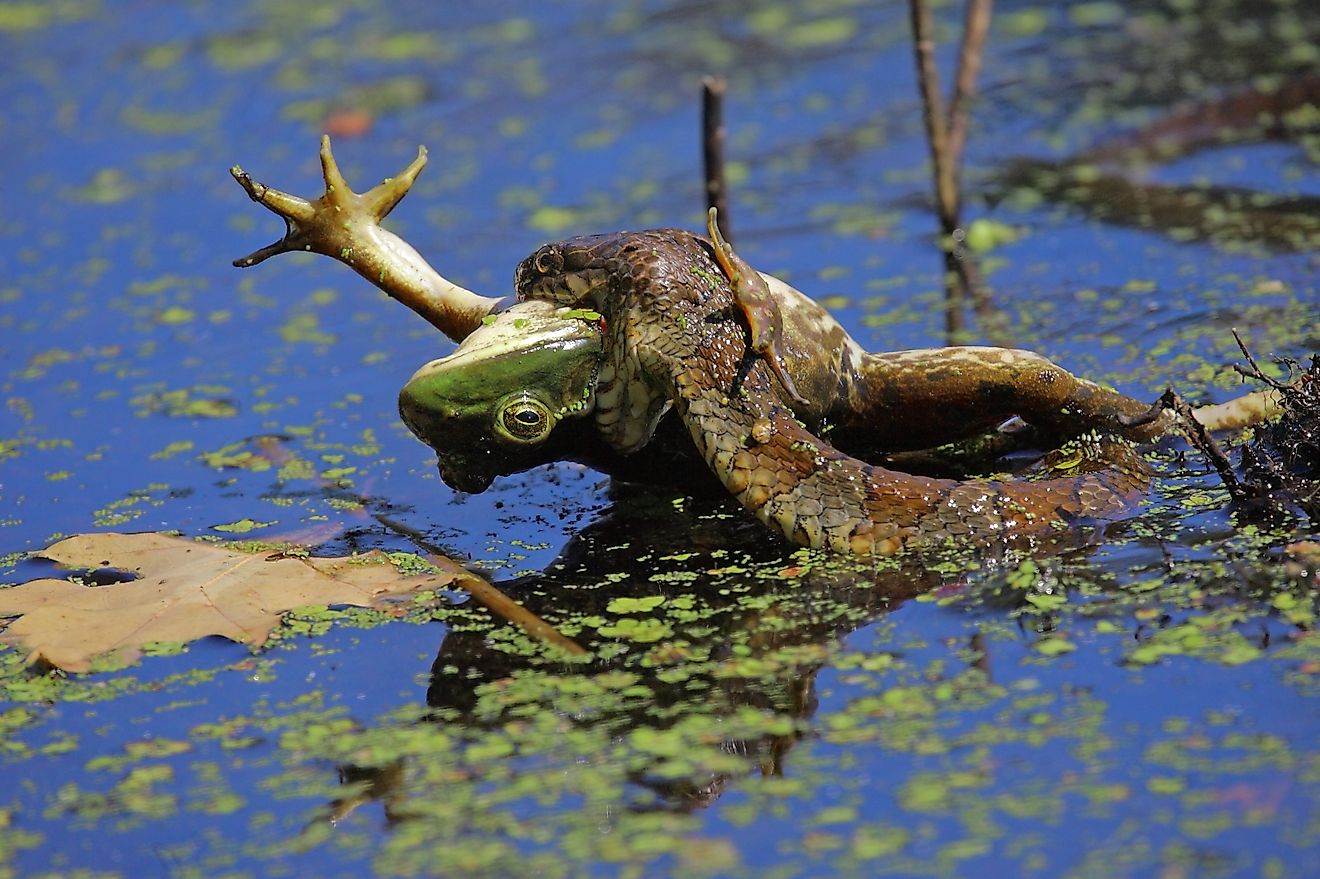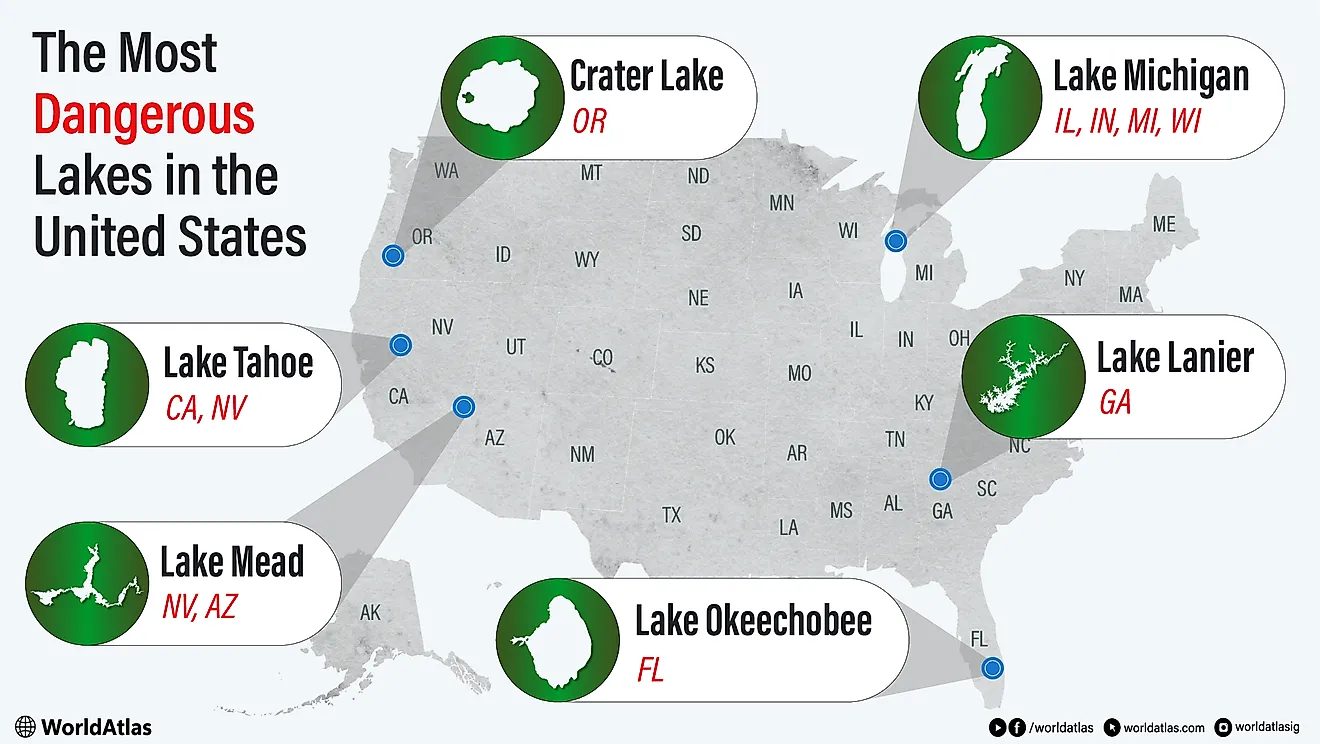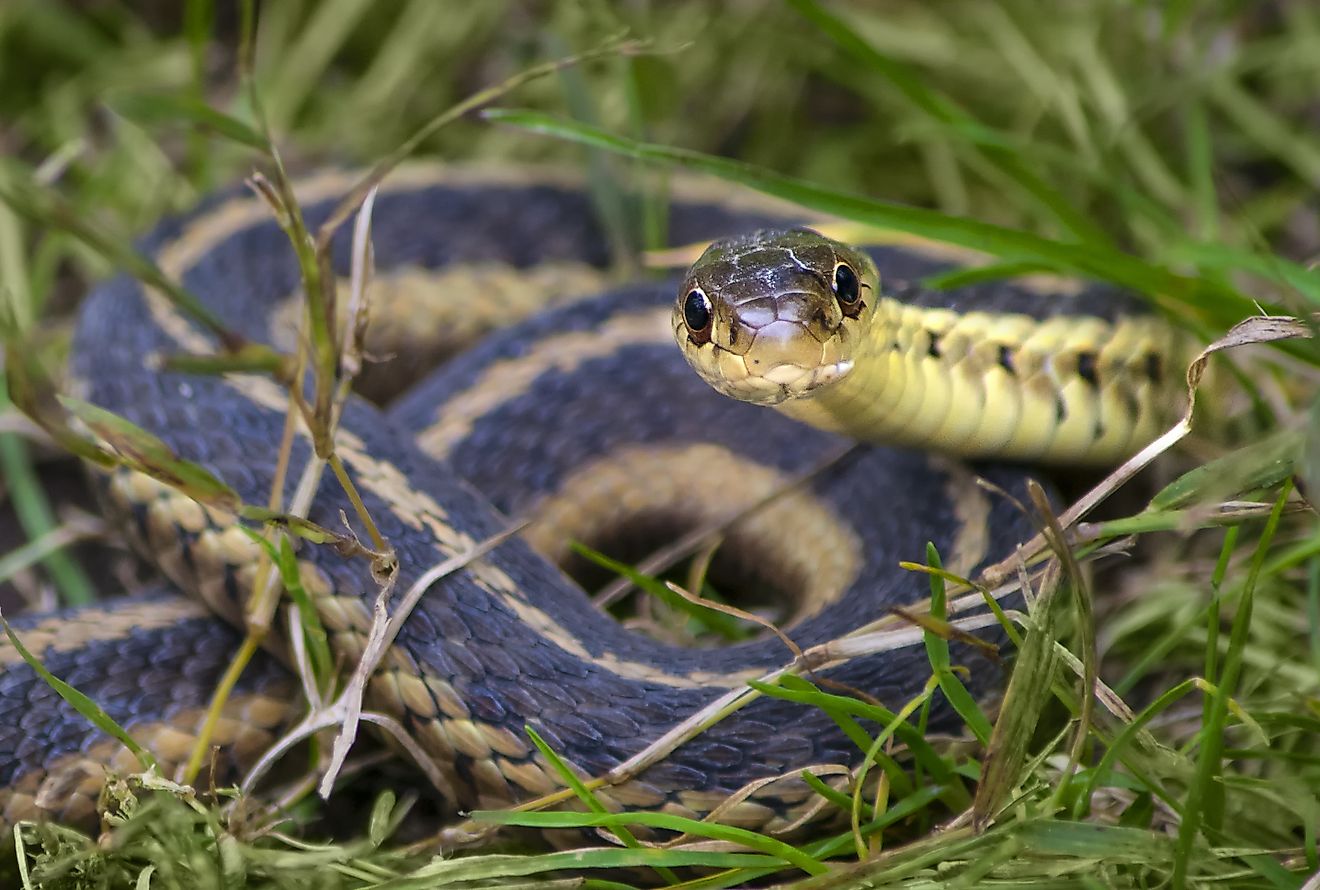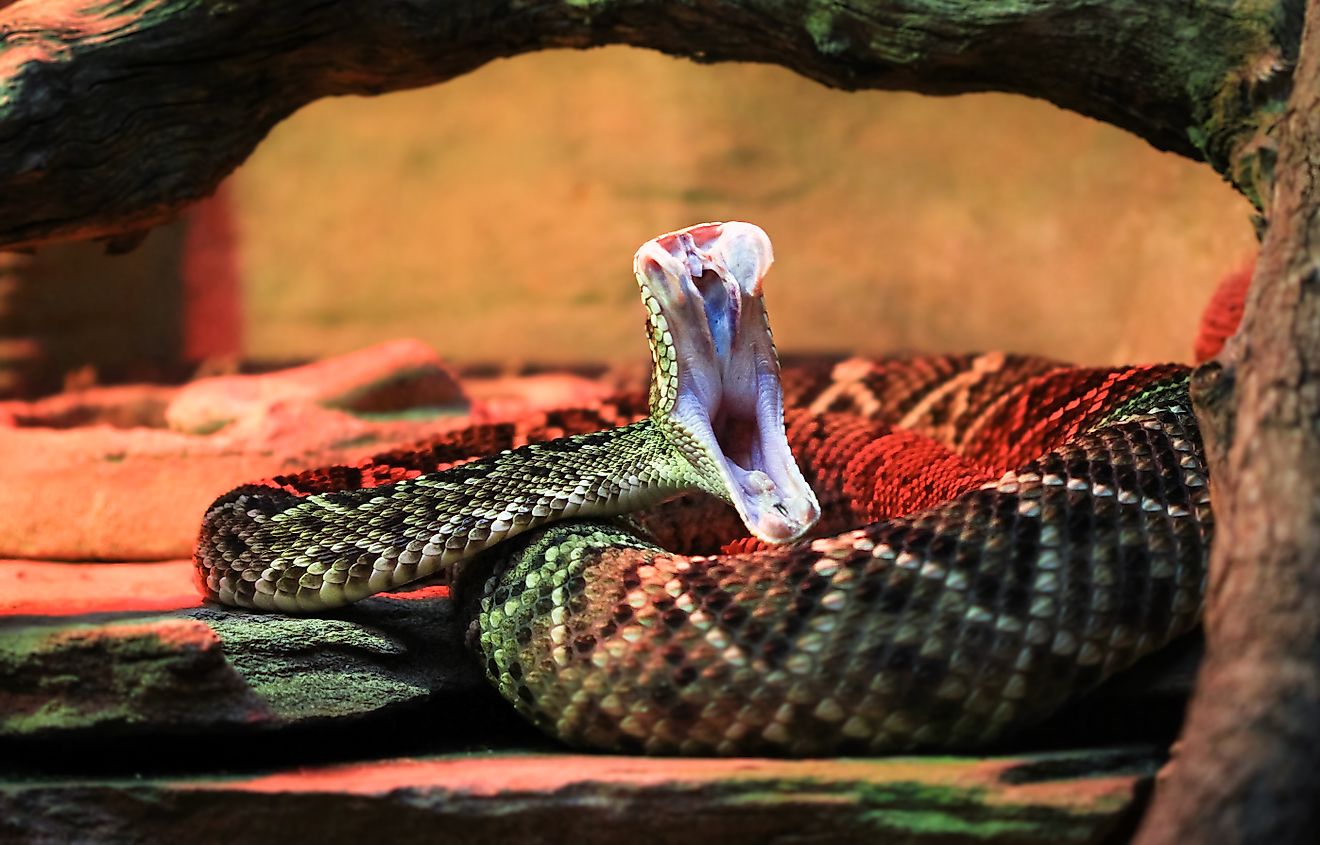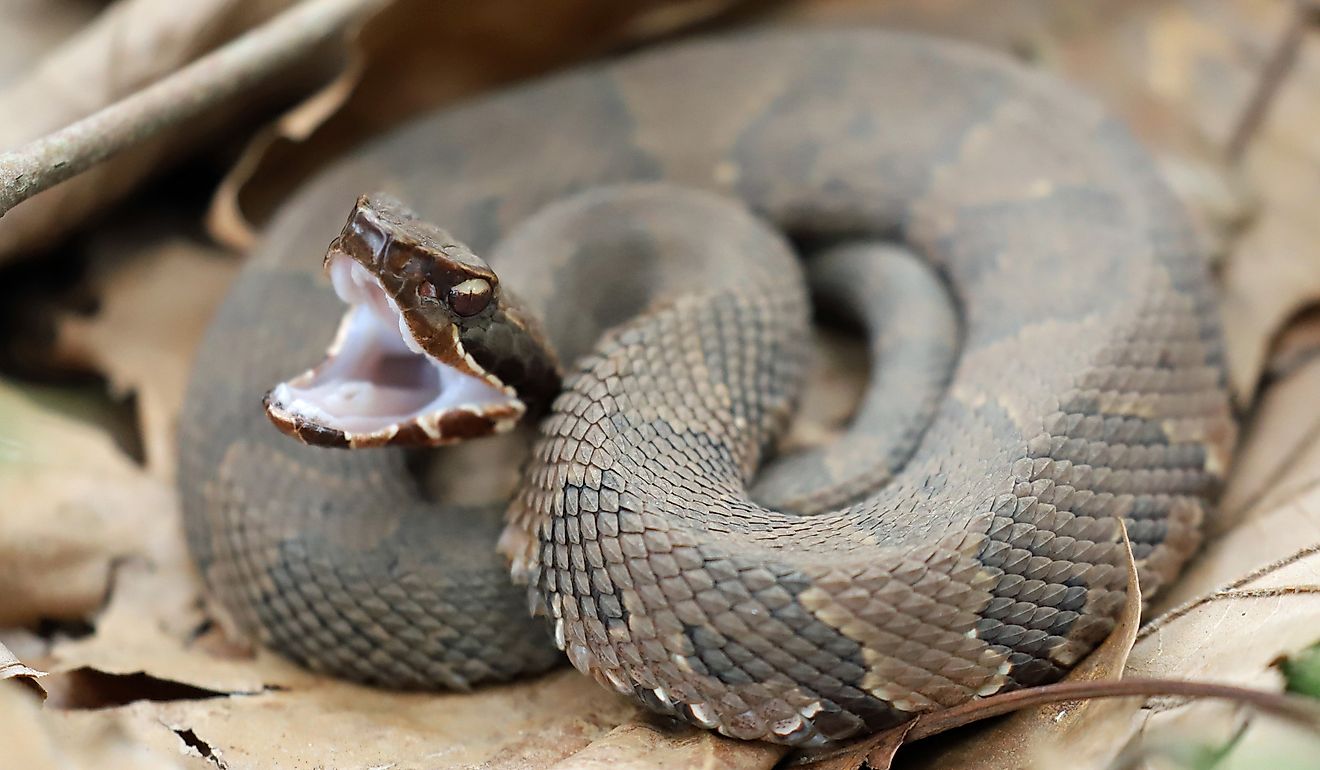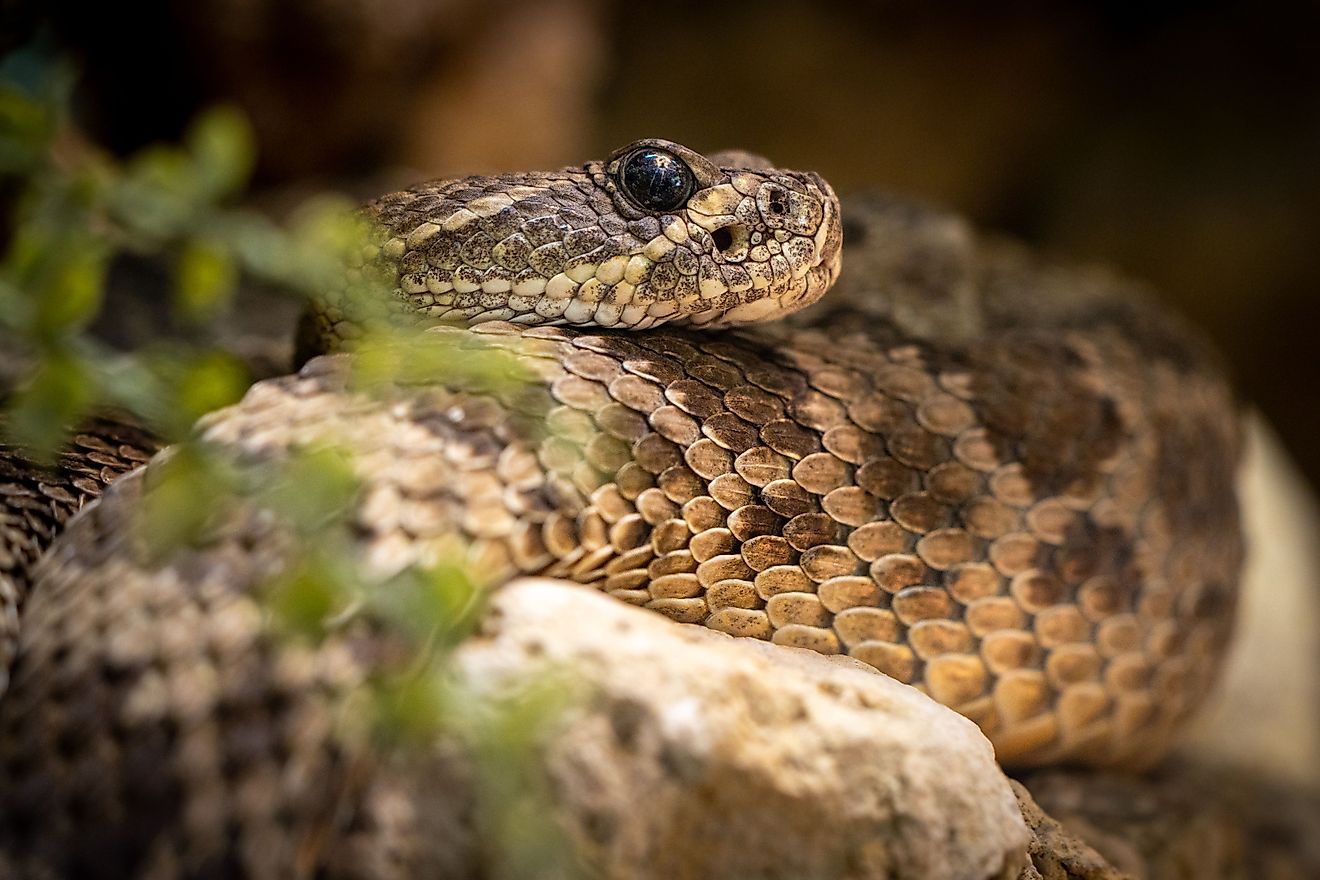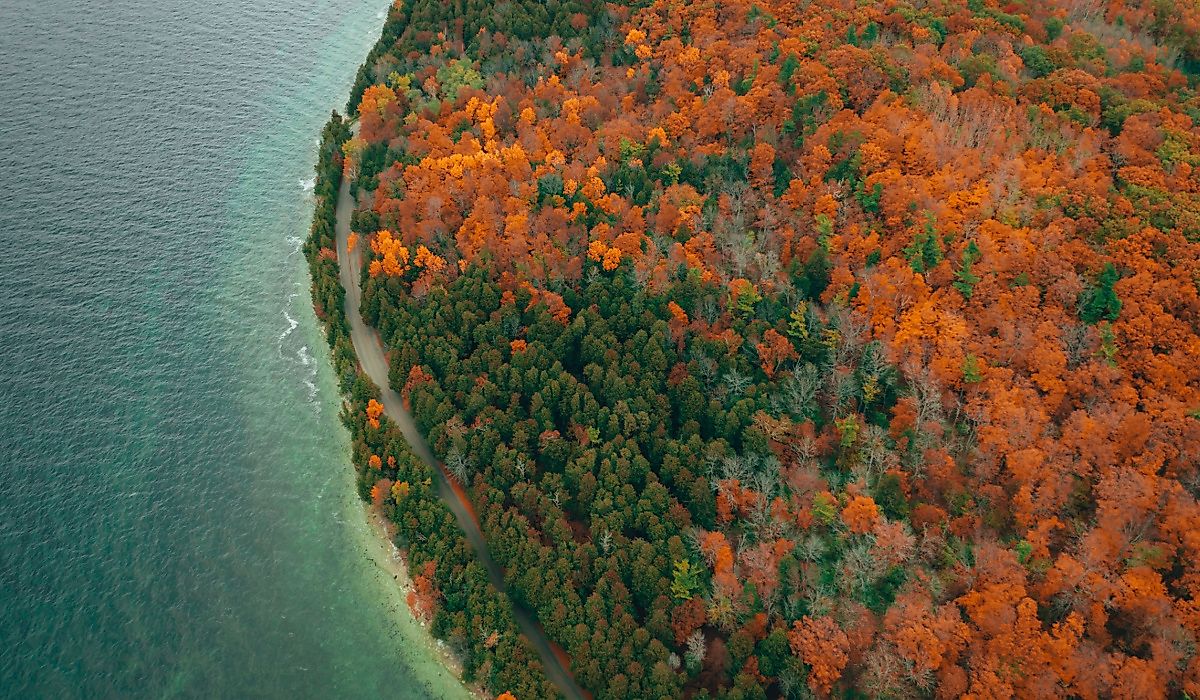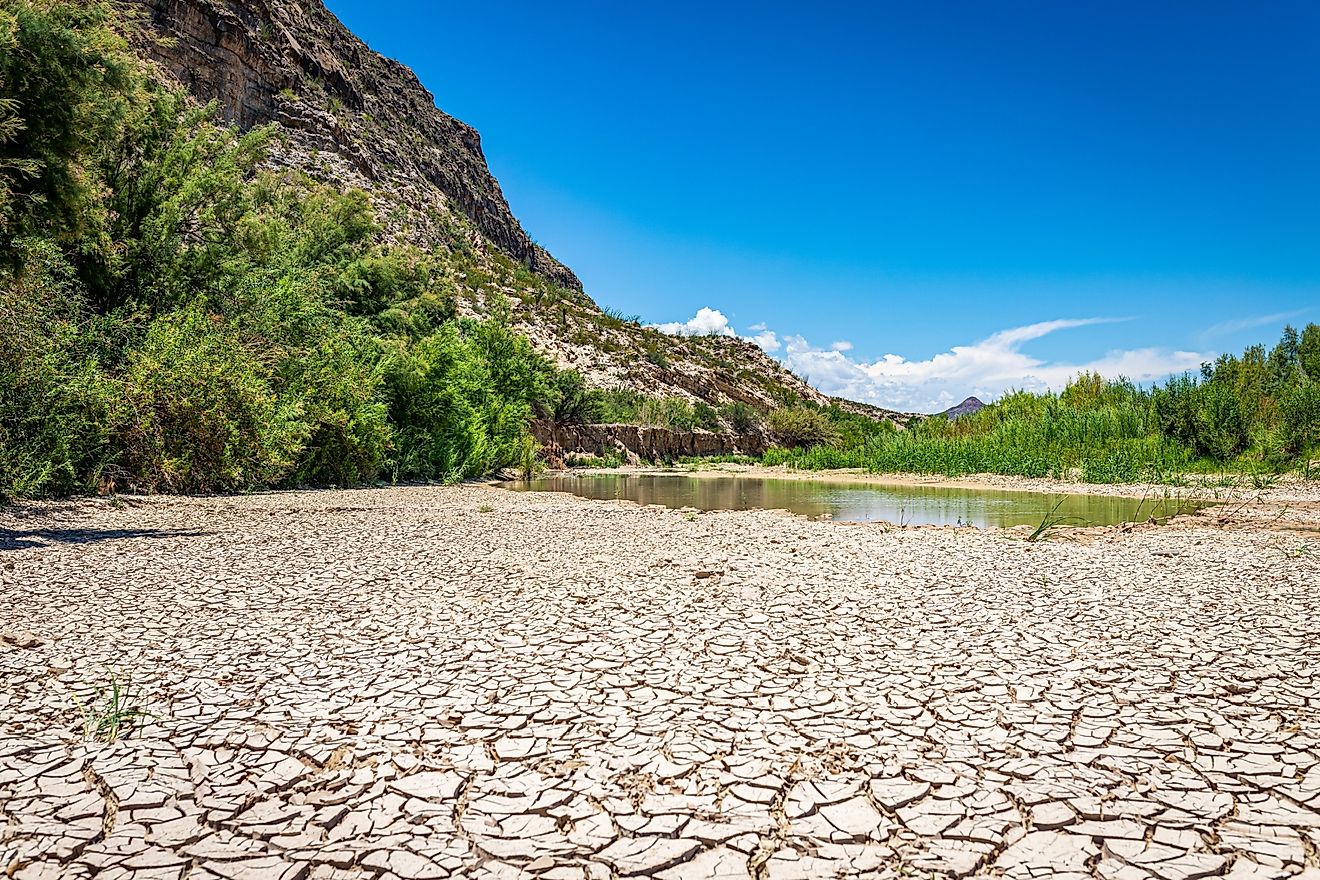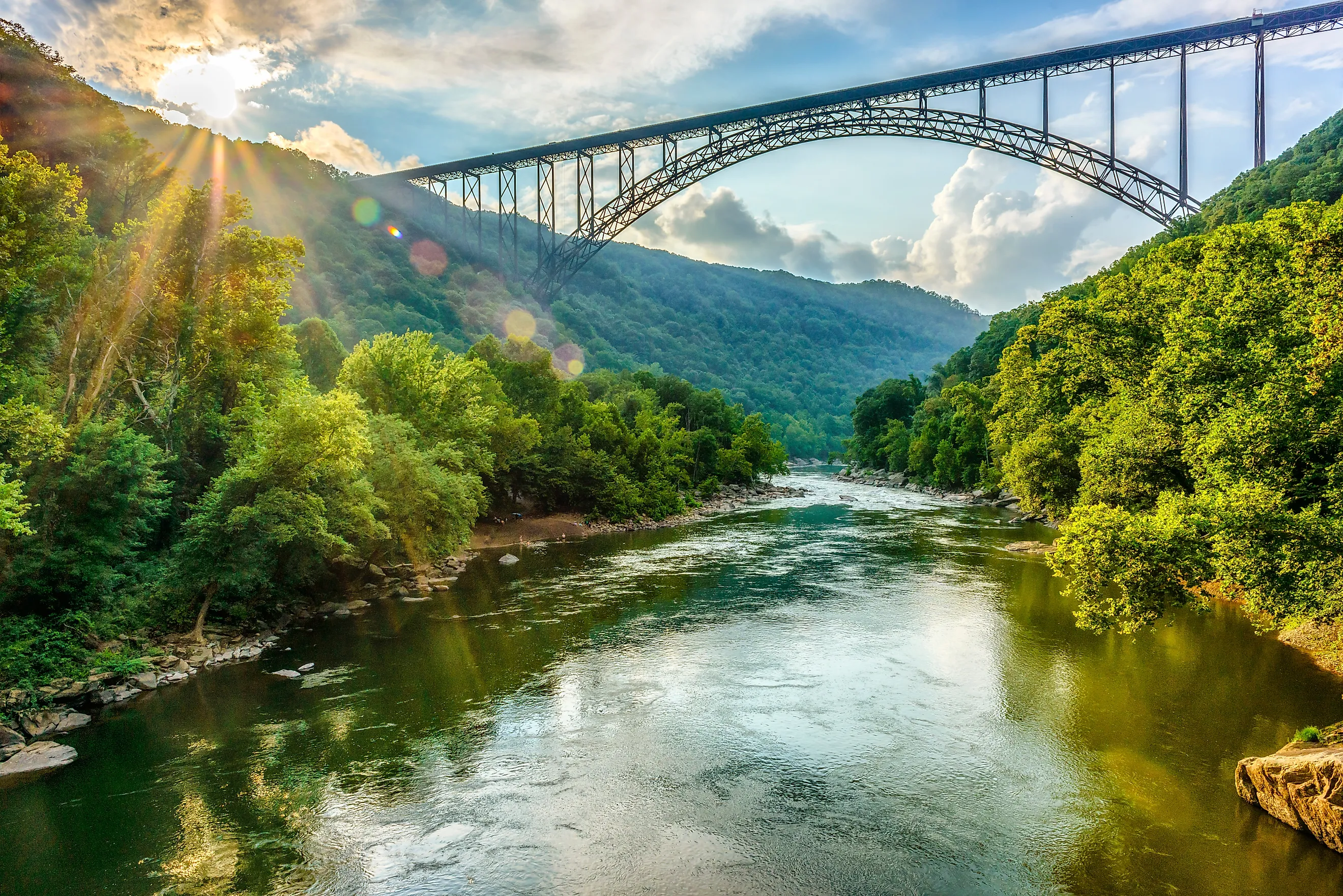
The Most Snake Infested Rivers In West Virginia
Although West Virginia is known as the Mountain State, its unique topography also includes an abundance of rivers and streams. The state boasts diverse waterways, including small headwater streams, raging rapids, and large, lazy rivers. More than 20 species of snakes call West Virginia home, although only two are venomous. West Virginia’s snakes range in size from about 10 inches to more than six feet in length, and are complex and highly adapted animals that inhabit a variety of habitats across the state, including in and along its many rivers. These are four of the most snake-infested rivers in West Virginia.
New River
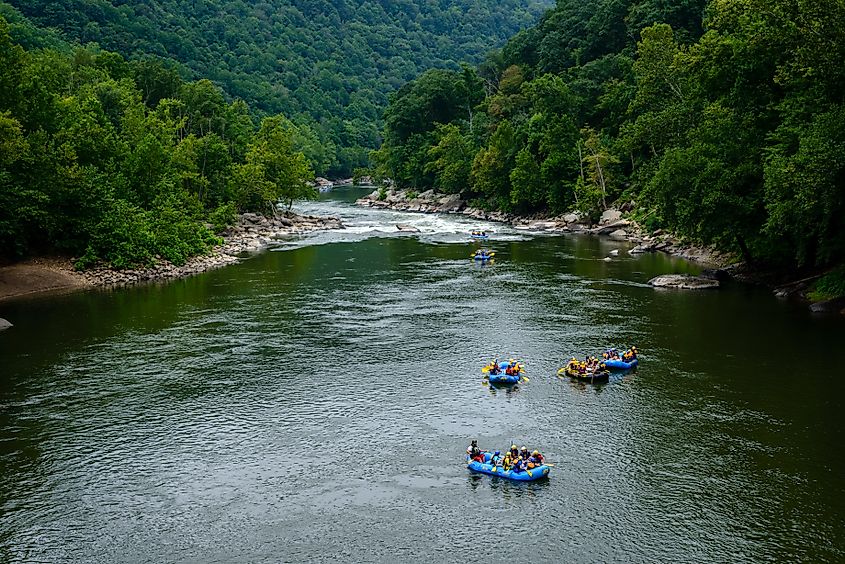
The New River rises in the mountains of North Carolina and flows across Virginia and into West Virginia for a total of 320 miles. It is a tributary of the Kanawha River, which it forms by merging with the Gauley River. New River Gorge National Park and Preserve is a unit of the National Park Service in West Virginia that conserves and protects 53 miles of the New River, spanning northward from Hinton.
The preserve is home to many species of snakes native to West Virginia, including the state's only two venomous species, the northern copperhead (Agkistrodon contortrix mokasen) and the timber rattlesnake (Crotalus horridus). Both are found in wooded, rocky regions and are distinguishable from nonvenomous snakes by characteristics such as broad, arrow-shaped heads with narrow necks, elliptical-shaped eyes, and sensory pits near the nostrils.
Kanawha River

The Kanawha River flows 97 miles in a northwesterly direction to join the Ohio River at Point Pleasant. Charleston is one of the major cities along the Kanawha River and is home to many different types of West Virginia’s snakes. Queen snakes (Regina septemvittata) are commonly found along water in small, rocky creeks and rivers where they prey on crayfish and other small aquatic animals. They are a slender snake reaching lengths of up to three feet and varying in color from gray to brown. They can sometimes be spotted in other bodies of water, such as lakes and wetlands, and are often found basking on rocks along the banks of rivers and streams. The northern copperhead and timber rattlesnake are also known to occur in the area, but they are less common.
Monongahela River

The Monongahela River is formed by the confluence of the Tygart and West Fork rivers in Marion County. It flows north for 128 miles, where it joins the Allegheny River in Pittsburgh to become a major headwater of the Ohio River. The slow-moving water of the Monongahela River creates optimal conditions for the northern watersnake (Nerodia sipedon sipedon). They prefer open areas that provide many spots for them to bask in the sun and relatively still waters. Although normally solitary, it is not uncommon for them to be found in groups, coiled together.
The northern watersnake is widely distributed in this region and commonly found in small streams, ponds, and rivers where it feeds on fish and amphibians. Northern watersnakes are regarded as the most defensive snake in the state. They will flatten their bodies and jaws and begin to strike and bite if startled or captured. They may also release a foul-smelling musk to deter predators if picked up.
South Branch Potomac River
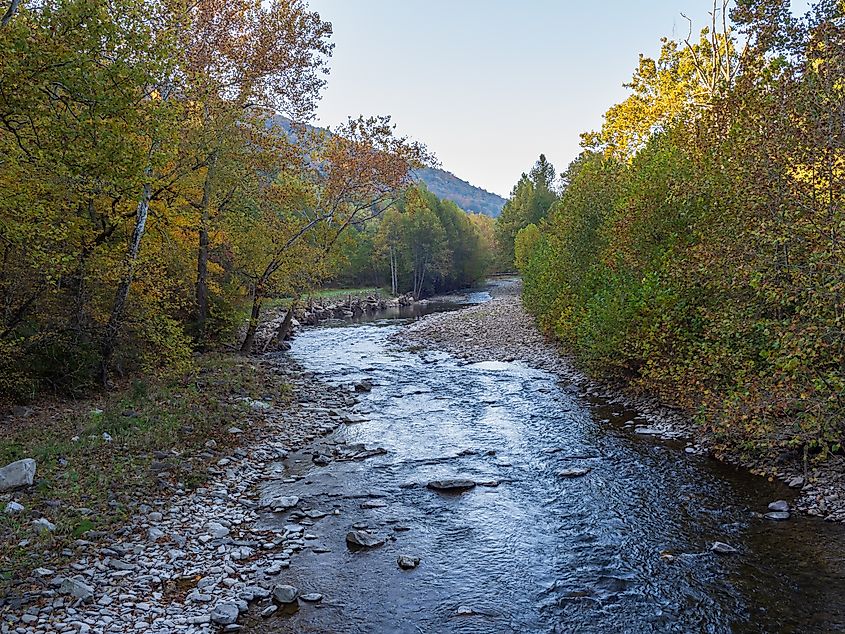
The Potomac River originates in the Allegheny Range of the Appalachian Mountains and flows for a total of 405 miles across Virginia into Chesapeake Bay. The valley of the South Branch of the Potomac River, which begins in Highland County and flows north, is unique as it is the only place in the state where the eastern kingsnake (Lampropeltis getula) can be found. Kingsnakes are so named due to the fact that they eat other snakes, including venomous ones, as they possess an immunity to the toxins found in rattlesnake and copperhead venom. They can be found in various habitats such as conifer or deciduous forests, bottomlands, backwaters, swamps, wetlands, farmlands, and even suburban areas. Beyond the eastern kingsnake, other species in the region include the eastern rat snake and the northern copperhead, the most common venomous snake in the region.
From the mountainous rise of the New River to the quiet bends of the Potomac's South Branch, West Virginia’s rivers are home to a surprising variety of snakes. Whether it’s copperheads sunning on rocky slopes, queen snakes hunting crayfish along the Kanawha, or water snakes gliding through the Monongahela, each river supports its own thriving reptile community and diverse ecosystem.


